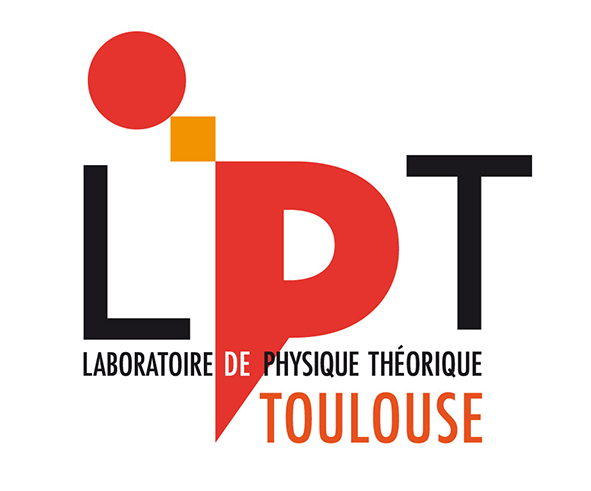THE QUANTUM SYMMETRIC EXCLUSION PROCESS AND FREE PROBABILITY
THEORETICAL PHYSICS

Lab: LPT
Duration: NanoX master Internship (8 months part-time in-lab immersion)
Latest starting date: 02/01/2025
Localisation: Laboratoire de Physique Théorique
Université Paul Sabatier, Bât. 3R1B4
118, route de Narbonne
31062 Toulouse Cedex 04 - FRANCE
Supervisors:
Ion NECHITA ion.nechita@univ-tlse3.fr
This research master's degree project could be followed by a PhD
Work package:
The quantum symmetric exclusion process has been introduced by Bernard and Jin in [BJ21] as a quantum
analogue to the classical symmetric simple exclusion process. The model is given by Hamiltonian
𝑑𝐻𝑡 = ∑ 𝑐𝑗+1∗ 𝑐𝑗𝑁−1𝑗=0𝑑𝑊𝑡𝑗 + 𝑐𝑗∗𝑐𝑗+1𝑑𝑊𝑡𝑗̅̅̅̅
where 𝑊𝑡𝑗, 0 ≤ 𝑗 ≤ 𝑁 − 1 are independent complex Brownian motions. The Hamiltonian describes the motion of quantum particles which can jump from their site to one of the adjacent sites. The system has a boundary at the points 0 and N-1, where the system is in contact with a reservoir, with which it can exchange particles. Above, 𝑐𝑖∗ and 𝑐𝑖 are a family of fermionic creation and annihilation operators, satisfying the usual anti-
commutation relations 𝑐𝑖𝑐𝑗∗ + 𝑐𝑗∗𝑐𝑖 = δ𝑖𝑗 . When studying the fermionic2-point correlation function of the density matrix describing the state of the system at large time 𝐺𝑖𝑗 =lim𝑡→∞ 𝑇𝑟(𝑐𝑗∗𝑐𝑖𝜌𝑡), it has been observed that free-cumulant-like quantities appear [NS06]. Interestingly, the connection between the quantum symmetric exclusion processes and free probability have been very recently [BBBH23] used to give a new description of the large deviation function of the classical symmetric simple exclusion process [Lig99]. The candidate will study the model of the QSEP and its relation with the theory of free probability. It is quite remarkable that combinatorial objects which are intimately related to the non-commutative notion of independence called freeness appear in this situation. Usually, free probability is connected to quantum mechanics via the use of random matrices; this new occurrence is quite surprising and deserves a better explanation from first principles.

References:
References:
[BBBH23] Michel Bauer, Denis Bernard, Philippe Biane, and Ludwig Hruza. Bernoulli variables, classical exclusion
processes and free probability. Annales Henri Poincaré, pages 1–48, 2023.
[BJ21] Denis Bernard and Tony Jin. Solution to the quantum symmetric simple exclusion process: the continuous
case. Communications in Mathematical Physics, 384(2):1141–1185, 2021.
[Lig99] Thomas M Liggett. Stochastic interacting systems: contact, voter and exclusion processes, volume 324.
springer science & Business Media, 1999.
[NS06] Alexandru Nica and Roland Speicher. Lectures on the combinatorics of free probability, volume 13.
Cambridge University Press, 2006.
Areas of expertise:
Mathematical physics, open quantum systems, quantum information theory, random matrix
theory, free probability
Required skills for the internship:
The candidate should have a good mathematical profile. A strong knowledge in quantum
mechanics is required. Competences in linear algebra and probability theory can be useful.
